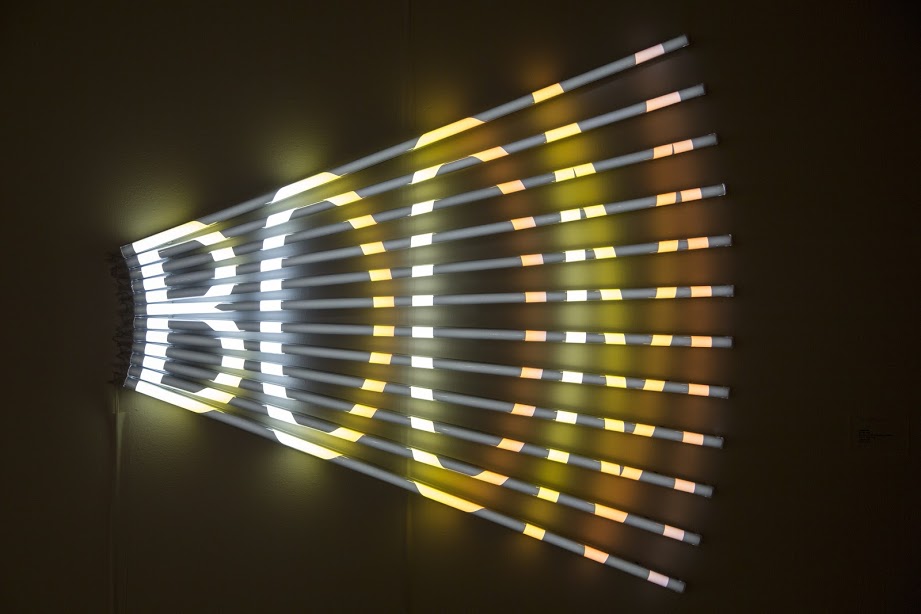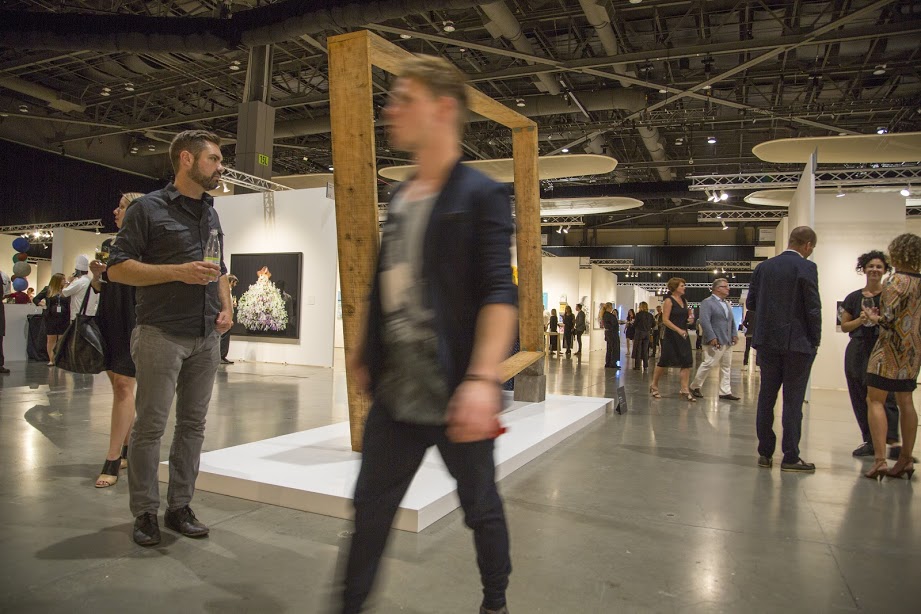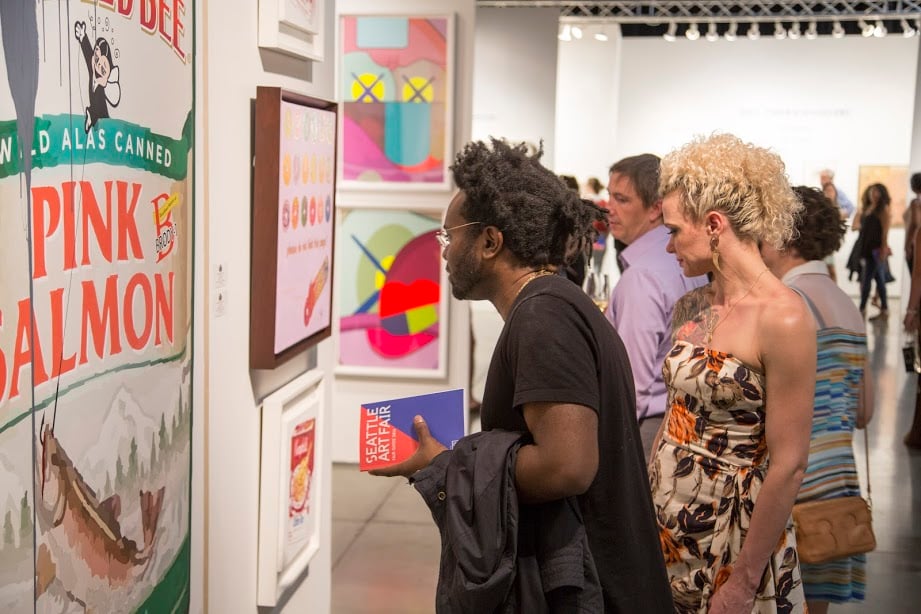Art Fairs
Seattle Art Fair is Back for Sophomore Outing, Despite Mixed Reports from Dealers
The first-year jitters are gone.

The first-year jitters are gone.

Sheila Farr

Microsoft co-founder Paul Allen was circulating among the preview patrons yesterday for a first look at the offerings at the Seattle Art Fair, now in its second year. Some 85 international galleries set up booths—up from 60 or so last year—and on a perfect balmy Seattle evening, the atmosphere at CenturyLink Field Event Center felt more relaxed this time around, with details finessed and first-year jitters gone.
The Fair is Allen’s brainchild. His firm, Vulcan Inc., worked with New York-based Art Market Productions to produce the event. It’s touted as a way to showcase “the vibrant culture and diversity of the Pacific Northwest” and “shine a light on Seattle’s thriving art scene,” but whether it actually does that—and whether it’s a winning business venture for participants—depends on who you talk to. Although more galleries are participating this year, not all of last year’s dealers returned.

Courtesy Seattle Art Fair.
New on this year’s roster is international behemoth Marlborough Gallery, which is showing an installation by Seattle glass artist Dale Chihuly. Some locals might see that as bringing coal to Newcastle: Chihuly’s work is ubiquitous here, and he has his own museum here as well.
Of the major New York players from last year, Gagosian dropped out, but David Zwirner and Pace Gallery came back.
Pace president Elizabeth Sullivan told artnet News that business last year was great and that Seattle, with its burgeoning tech economy, is part of the gallery’s West Coast expansion, which includes a new venue in Palo Alto, a breeding ground of Silicon Valley corporations. This year, Pace brought works by Tara Donovan, Donald Judd, Maya Lin, Louise Nevelson, and James Turrell, among others, with prices ranging from $45,000 to $5 million.

Courtesy Seattle Art Fair.
Another gallery who happily returned this year is Portland, Oregon’s PDX Contemporary Art. Owner Jane Beebe reported doing “very well” last year and ticked off sales of 15 pieces by Northwest artist Jeffry Mitchell as well as work by Joe Rudko, James Lavadour and other artists in her stable. This year she is featuring a knockout wall installation by Lavadour, which debuted at the 55th Venice Biennale and also hung in the opening exhibition at the Crystal Bridges Museum of American Art, in Bentonville, Arkansas.
For Beebe, the Seattle fair is “like art fairs used to be—before there were so many.”
That doesn’t hold true for another Portland gallerist, Elizabeth Leach. Leach chose to opt out this time.
“There is definitely fair fatigue,” she said by phone. “I’m surprised how many cities I go to where [people] don’t know if they can do it anymore. Collectors are telling me they are going more to museums and galleries, that they want to learn in more depth. They’re tired of the superficiality of the art fairs.”
Somalia-born Seattle gallerist Mariane Ibrahim (recently named by artnet News as one of “6 Dealers Under 40 to Watch”) has a different take. For her, art fairs are about recruiting collectors and building relationships, not selling art. She devoted her booth this year to an installation called Film Noir by West African-born artist Clay Apenouvon, who is based in France. (Ibrahim also serves on the fair’s selection committee, which picks which dealers get to show there.)
So, is the Fair helping Seattle’s art scene and local artists? “It could be a good thing for us,” local gallery owner Gail Gibson, who says she made money at last year’s fair and reconnected with lots of clients, told artnet News. “It’s energized the city.”
But she expressed concern that the committee turned down some prominent Seattle galleries that wanted to participate. “Politics,” she said.
Before the fair opened, two of the city’s top gallery owners told the Seattle Times they felt “ambivalent” about participating in Art Fair. Greg Kucera, who serves on the selection committee for the fair, was one of them.
I wanted to follow up with him on that thought, but on opening night there was no opportunity to talk. He was too busy with customers.
The fair added many new offsite events this year and is working with local museums and institutions to give the event a more citywide, inclusive feel. But who most benefits from the fair remains an open question.